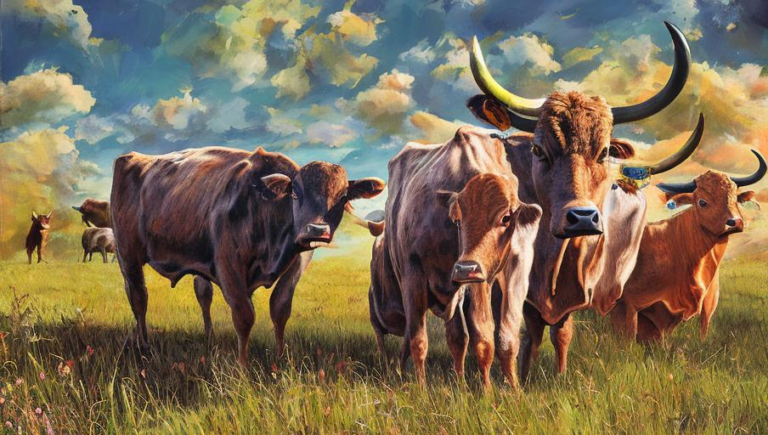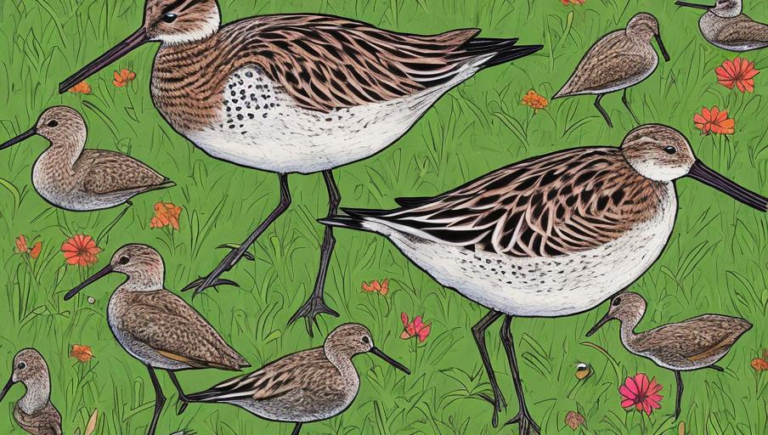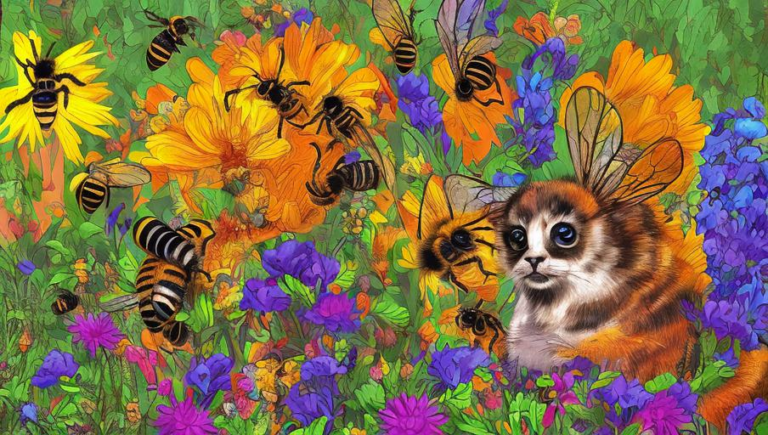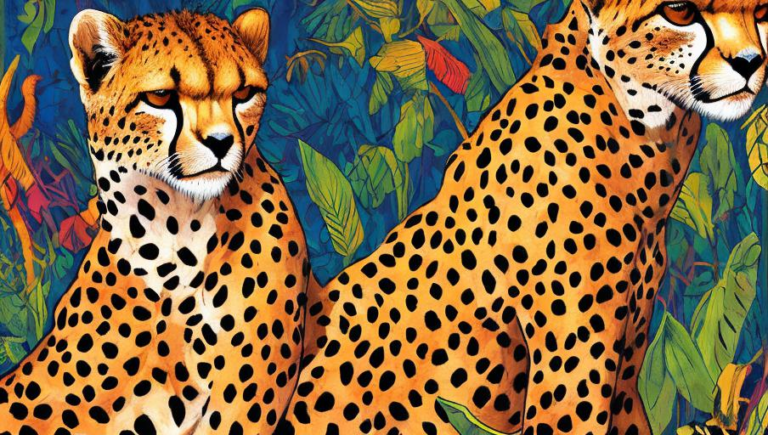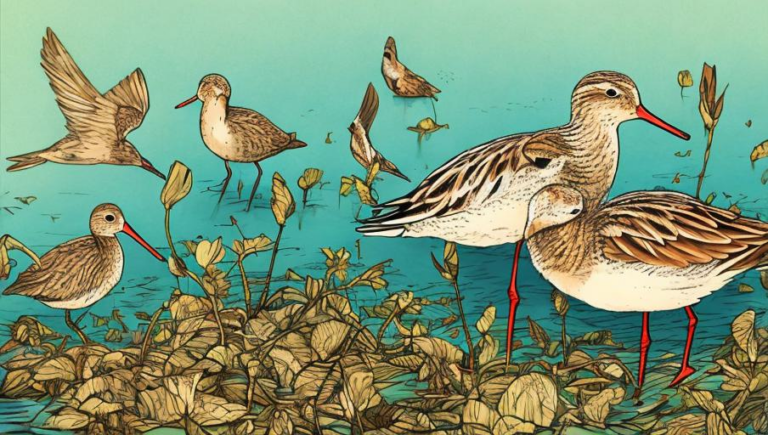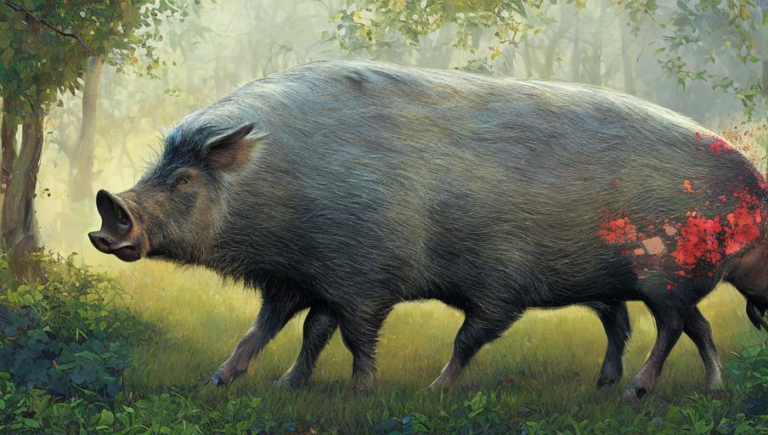A Year in the Life of an Aardvark
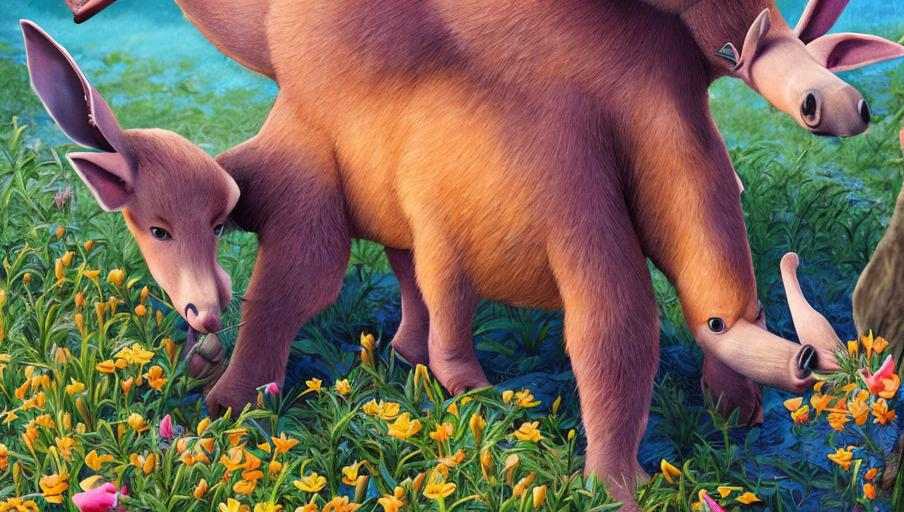
Introduction
The aardvark is a fascinating creature that is found throughout Sub-Saharan Africa, from Senegal to Ethiopia and down to South Africa. This nocturnal mammal is one of the few species of its kind, and it is able to dig burrows up to 3 meters deep, using its powerful claws and long snout to search for food. It is an impressive creature, and learning more about its life cycle is a great way to gain a better understanding of the animal.
Diet
Aardvarks are omnivores, meaning they eat both plants and animals. The majority of their diet consists of ants and termites, which they dig up with their powerful claws. They also eat other insects and some vegetation, such as roots and fruits. Aardvarks do not drink water, as they get most of their moisture from the insects they eat.
Habitat
Aardvarks live in a variety of habitats, including savannas, grasslands, and scrublands. They prefer areas with loose soil, as this makes it easier for them to dig burrows. Aardvarks are not territorial animals, and their burrows are usually shared with other aardvarks. Aardvarks typically stay in one area for several months before moving on to another.
Reproduction
Aardvarks are solitary animals, and they typically come together only to mate. Mating season runs from August to October, and the female gives birth to a single baby after a gestation period of seven months. The baby aardvark will stay with its mother for several months before venturing off on its own. Aardvarks can live up to 15 years in the wild.
Threats
Aardvarks are facing a number of threats, including habitat loss and poaching. The destruction of their natural habitat due to human activities, such as logging and farming, is a major threat to their survival. Poaching is also a major threat, as aardvarks are hunted for their meat and their body parts, which are believed to have medicinal properties.
Conservation
In order to protect aardvarks and their habitat, conservation efforts have been put in place. These include habitat protection, anti-poaching initiatives, and education programs. By raising awareness about the importance of preserving aardvarks and their habitats, we can help ensure that these creatures will be around for generations to come.
Conclusion
Aardvarks are incredible creatures that play an important role in their ecosystems. It is essential that we take steps to protect them and their habitats, so that future generations can continue to appreciate these fascinating animals. By learning more about aardvarks and their lifestyles, we can gain a better understanding of how to protect them and ensure that they are around for years to come.
